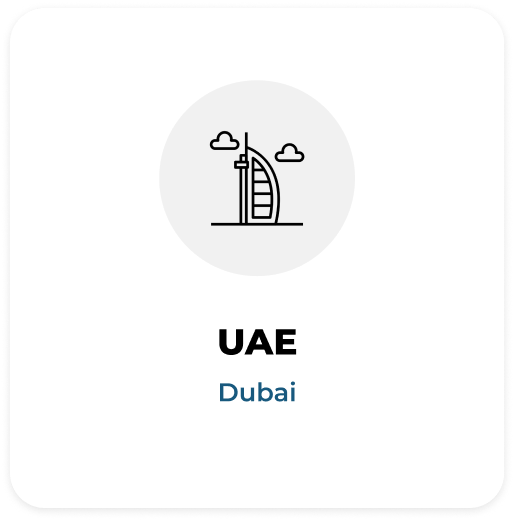REPLAN A Robust Solution to Life Insurance
- Persistency Ratio
- Value of New Business (VNB)
- Surrender Ratio
- Product Mix
- Channel Mix


REPLAN for Life Insurance
The only planning solution you need for operational and financial planning for your insurance business. Replan comes with intuitive UX and a robust structure for easy adaptation and business success.
Some Interactive Features
REPLAN - Your Insurance Business with Ease
Persistency Ratio
Value of New Business (VNB)
Surrender Ratio
Product Mix


Key Benefits of REPLAN
- Reduce Time of Implementation
- Best Practices will be part of the Solution
- Fully Configurable as per Customer requirement
- Fully Integrated with Core FP&A Platform
- Pre-configured Scalable solution
Industry Specific Blueprints
Industry
Services
Services
Services
Services
Industry
Industry
Time To Make Your Insurance Business Smarter
Effective planning is crucial for any business and the insurance industry is no different. With valuable information in hand, you can get insights into your financial performance and make better business decisions. Using spreadsheet-based planning is not only time-consuming but also prone to errors.
REPLAN can help you digitize multiple aspects of planning required in the insurance industry including project planning, revenue planning, lease planning, and much more.
Moreover, it enables you to create detailed plans that account for various scenarios and keep your business remains profitable and resilient to changing market conditions.
Don’t let uncertainty hold your business back – Take the first step by scheduling a demo.
Contact us
Fill in the details!
Contact us
Fill in the details!
Our Offices
Expanding Horizons, Elevating Excellence!













